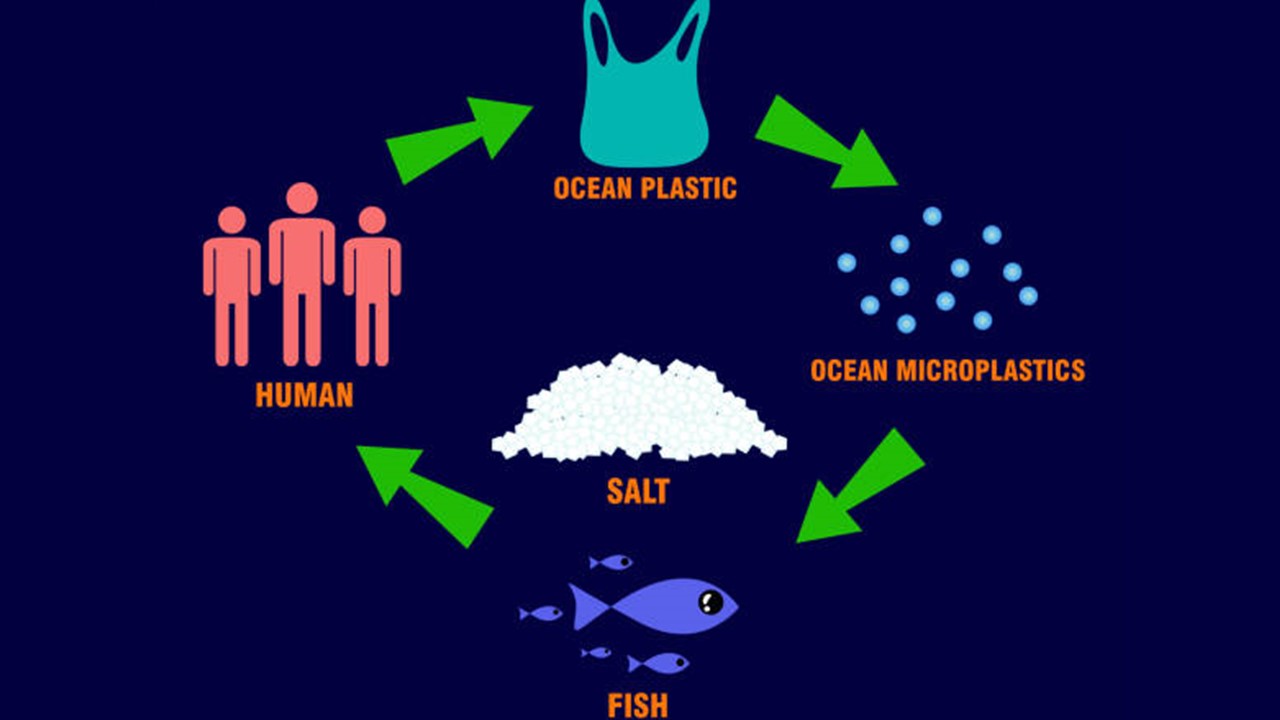Let me introduce you to a truly magical material that has the power to amaze and captivate us all.
Plastic, yes, plastic is the material I am referring to.
Just like a versatile actor who can seamlessly transition between different roles in a movie, plastic too plays various roles in our lives. From household goods to medicinal equipment, from packaging sheets for tablets to engineering products, plastic is everywhere.
It even finds its way into our everyday items like pipelines, polyester or nylon gears, and so much more. This incredible adaptability is what makes plastic truly magical. However, every hero has a villain, and plastic is no exception.
Plastic itself is causing three different types of pollution – air pollution, water pollution, and soil pollution. Some may wonder why we can’t simply stop producing plastic altogether. It’s a valid question, but the truth is, we don’t directly produce plastic. Instead, we extract crude oil and through a refining process, we obtain petroleum products. It is from these products that we derive the hydrocarbons needed to create polymers, which ultimately become plastic.
The main villain in this story is single-use plastic. It is cheap and easily accessible, often given to us for free. However, this seemingly harmless convenience wreaks havoc on our environment. When these single-use plastics, such as carry bags, end up in the ocean, they have devastating effects.
Sea turtle – Whale – Humans :
Sea turtles, for instance, mistake plastic bags for their favorite food, jellyfish. As a result, they ingest these bags, leading to indigestion and choking, ultimately causing their demise.
Even the majestic whales, the largest mammals in the sea, fall victim to plastic ingestion. The impact of plastic pollution is not limited to marine life alone; it affects us too.
When these carry bags mix with the ocean, the combination of sunlight and water pressure breaks them down into microplastics. These microplastics find their way into our food chain, posing a serious threat to our health and well-being.
These minuscule particles find their way into our vast oceans, where they become a deadly meal for unsuspecting small fish. And guess what? We humans end up consuming those very fish, unknowingly ingesting these harmful microplastics. It’s a vicious cycle, my friends. Even if we consider ourselves vegetarians, we consume salt so that we can’t escape from microplastics.
They have infiltrated our food chain to such an extent that they have been found in our very own blood. Yes, you heard that right. Researchers conducted a study in May 2022 and shockingly discovered microplastics coursing through our veins. It’s an alarming situation, to say the least.
What can we do?
So, what can we do as individuals to break free from this cycle of contamination?
Let’s start with something as simple as the humble carry bag. On average, a person uses around 15 carry bags per month, knowingly or unknowingly. Now, imagine multiplying that number by a state, a country, or even the entire world.
Millions upon millions of carry bags are being used and discarded, contributing to this plastic nightmare. Sure, we may think that recycling these bags is the solution. But let me tell you, it’s no walk in the park. The process of recycling plastic is complex and time-consuming. It involves collecting, inspecting, sorting, cleaning, drying, and finally transforming the plastic into pellets. But here’s the catch – this process is not designed for the flimsy carry bags we mindlessly toss away.
Who will take the time to clean each and every one of them?
And let’s not forget the massive amount of water required for this task. It’s simply not feasible. Instead of relying on these troublesome carry bags, why not opt for a simple cotton bag? By making this small change, we can avoid using 180 carry bags per year.
Now, imagine if every individual made this switch. The impact would be tremendous. But that’s not all. We can also make a difference by ditching plastic bottles and embracing alternatives like steel or copper bottles. Reduce, Reuse, and Recycle is the formula we should follow.
We must take action to reduce our reliance on single-use plastics. Now, imagine a world where we no longer have to witness the tragic consequences of plastic pollution. A world where sea turtles can thrive, and whales can roam freely without the fear of plastic entanglement. It is within our power to make this vision a reality. By opting for reusable alternatives, such as cloth bags, we can significantly decrease the amount of plastic waste that ends up in our oceans. Additionally, supporting initiatives that promote recycling and proper waste management is crucial in tackling the serious problem.













One thought on “How does Single-use plastic affect the environment?”